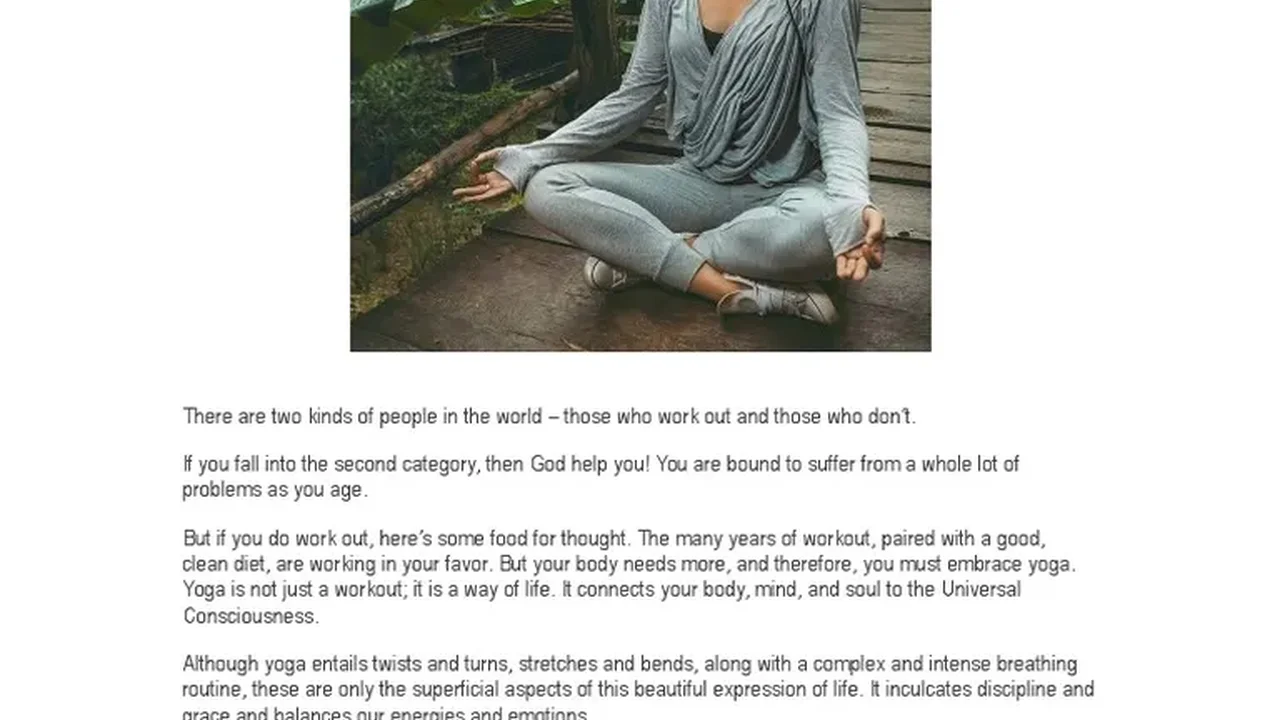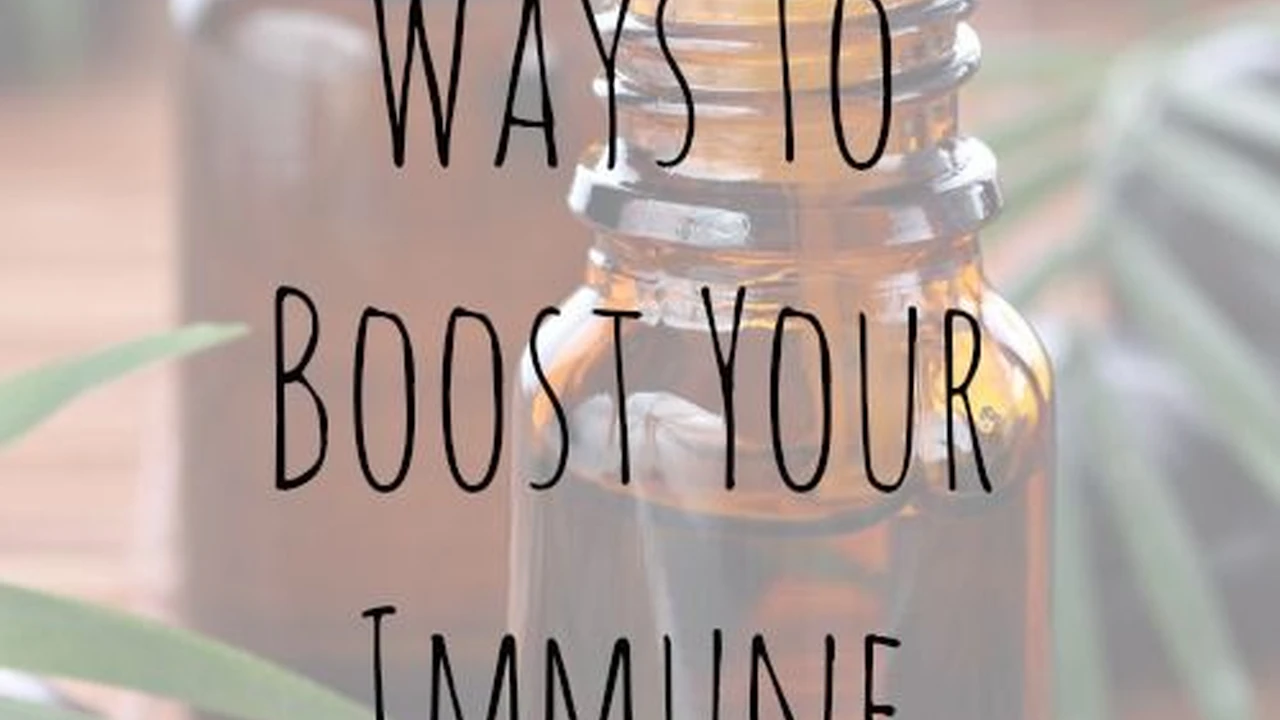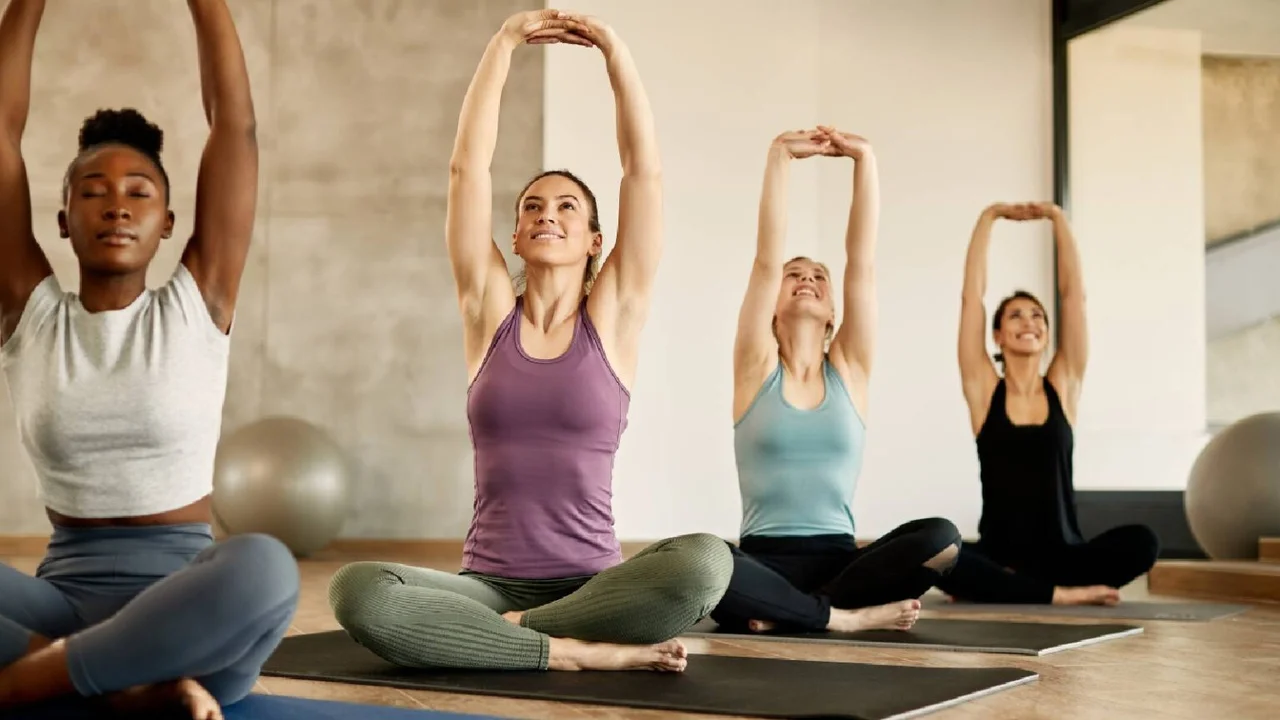Comparing Different Types of Yoga for Beginners
Discover the best type of yoga for beginners to start your journey towards flexibility and mindfulness.

Discover the best type of yoga for beginners to start your journey towards flexibility and mindfulness. Yoga, an ancient practice rooted in India, has gained immense popularity worldwide for its profound benefits on physical and mental well-being. For newcomers, however, the sheer variety of yoga styles can be overwhelming. From dynamic and energetic flows to gentle and meditative practices, choosing the right starting point is crucial for a positive and sustainable yoga journey. This comprehensive guide will compare different types of yoga, highlighting their unique characteristics, benefits, and suitability for beginners, helping you find the perfect match for your needs and preferences.
Understanding the Core Principles of Yoga for Beginners
Before diving into specific styles, it's helpful to understand the foundational principles that underpin most yoga practices. Yoga is not just about physical postures (asanas); it also encompasses breathing techniques (pranayama), meditation, and ethical principles. For beginners, the focus often starts with the physical aspects, as they provide an accessible entry point to the practice. However, even in physically demanding styles, the emphasis on breath and mindfulness is paramount. The goal is to create a harmonious connection between mind, body, and spirit, leading to increased flexibility, strength, balance, and inner peace. Remember, yoga is a journey, not a destination, and consistency is key.
Hatha Yoga The Gentle Introduction to Asanas and Breathwork
Hatha yoga is often considered the foundational style from which many other forms have evolved. It's an excellent starting point for beginners due to its slower pace and emphasis on holding postures for several breaths. This allows practitioners to focus on proper alignment, build strength gradually, and deepen their understanding of each pose. Hatha classes typically involve a series of basic asanas, breathing exercises, and sometimes short meditations. The focus is on building a strong foundation, making it ideal for those new to yoga or seeking a less strenuous practice. You'll learn the names of common poses, how to enter and exit them safely, and how to connect your breath to your movement. It's a perfect choice for improving flexibility, reducing stress, and developing body awareness.
Vinyasa Yoga Flowing with Breath and Movement for Energy
Vinyasa yoga, often called 'flow yoga,' is characterized by its dynamic and fluid sequences, where movements are synchronized with the breath. Unlike Hatha, where poses are held for longer durations, Vinyasa transitions smoothly from one pose to the next, creating a continuous flow. This style can be more physically demanding, building heat, strength, and cardiovascular endurance. While it might seem intimidating for beginners, many studios offer 'Beginner Vinyasa' or 'Slow Flow Vinyasa' classes that move at a more accessible pace. These classes are excellent for building stamina, improving flexibility, and experiencing a meditative state through movement. If you enjoy a more active and energetic workout, Vinyasa could be a great fit. It's also highly adaptable, with instructors often creating unique sequences, so no two classes are exactly alike.
Restorative Yoga Deep Relaxation and Stress Reduction
Restorative yoga is the antithesis of high-energy styles. It's all about deep relaxation and passive stretching, using props like bolsters, blankets, blocks, and straps to support the body in comfortable, long-held poses. The goal is to release tension, calm the nervous system, and promote healing. Poses are typically held for 5-20 minutes, allowing the body to fully surrender and relax. This style is perfect for individuals experiencing stress, fatigue, or recovering from injury. It's also beneficial for those seeking to improve flexibility without strenuous effort. While it may not offer a 'workout' in the traditional sense, the mental and emotional benefits are profound. For beginners, it's a wonderful way to learn how to truly relax and listen to their body's needs. It teaches patience and the art of letting go.
Yin Yoga Targeting Deep Connective Tissues and Flexibility
Similar to Restorative yoga in its slower pace and long-held poses, Yin yoga specifically targets the body's deep connective tissues – ligaments, joints, bones, and fascia. Poses are held for 3-5 minutes or even longer, typically in seated or reclined positions, allowing gravity to do most of the work. The aim is to increase flexibility and range of motion in the joints, particularly around the hips, pelvis, and spine. Yin yoga can be challenging not for its physical exertion, but for the mental stillness it requires. It's an excellent complement to more active yoga styles or other forms of exercise. For beginners, it offers a unique opportunity to explore their body's limits gently and cultivate patience and mindfulness. It's particularly beneficial for those with tight hips or hamstrings, or anyone looking to improve their overall flexibility and joint health.
Ashtanga Yoga A Structured and Disciplined Practice for Strength
Ashtanga yoga is a highly structured and physically demanding style, following a fixed sequence of poses. It's known for its rigorous nature, emphasizing strength, stamina, and discipline. The practice involves a specific breathing technique (Ujjayi breath) and internal locks (bandhas) to generate internal heat and purify the body. While challenging, Ashtanga offers immense benefits in terms of physical strength, flexibility, and mental focus. For beginners, it's recommended to start with a 'Mysore style' class, where students practice at their own pace under the guidance of a teacher, or a 'Led Primary Series' class, which introduces the foundational sequence. It's not for the faint of heart, but if you're looking for a disciplined practice that builds incredible physical and mental resilience, Ashtanga could be your path. It's a transformative practice that builds a strong foundation for advanced poses.
Iyengar Yoga Precision Alignment and Prop Usage for All Levels
Iyengar yoga places a strong emphasis on precise alignment and the use of props (such as blocks, blankets, straps, and chairs) to help students achieve proper form in each pose. This meticulous attention to detail makes it an excellent choice for beginners, as it helps prevent injury and allows practitioners to experience the full benefits of each posture, regardless of their flexibility or strength level. Classes are typically slower-paced, with poses held for longer durations, allowing for detailed instruction and adjustments. Iyengar yoga is particularly beneficial for those with injuries or physical limitations, as the props provide support and accessibility. It builds strength, flexibility, and body awareness through careful and deliberate practice. If you appreciate precision and a methodical approach to learning, Iyengar yoga will provide a solid foundation.
Bikram Yoga Hot Yoga for Detoxification and Deep Stretching
Bikram yoga consists of a fixed sequence of 26 postures and two breathing exercises, performed in a heated room (typically 105°F or 40°C) with 40% humidity. The heat is believed to aid in detoxification, increase flexibility, and prevent injury by warming the muscles. While challenging due to the heat and intensity, the consistent sequence makes it predictable and easy to follow once you get used to it. For beginners, it's crucial to stay hydrated and listen to your body, taking breaks when needed. Bikram yoga can significantly improve flexibility, strength, and endurance. It's a unique experience that some find incredibly invigorating and cleansing. If you're curious about hot yoga and enjoy a structured routine, Bikram might be worth exploring. Be prepared to sweat a lot!
Choosing Your First Yoga Mat and Essential Props for Practice
Once you've decided on a style, investing in a good yoga mat is your first step. A quality mat provides cushioning, grip, and stability, making your practice safer and more comfortable. For beginners, a mat with good grip is essential to prevent slipping, especially in more active styles. Thickness can vary, with thicker mats offering more cushioning for joints, while thinner mats provide more stability for balancing poses. Consider materials like natural rubber for excellent grip and eco-friendliness, or PVC for durability and affordability. Many brands offer mats specifically designed for different needs.
Recommended Yoga Mats for Beginners and Beyond
- Lululemon Reversible Mat 5mm: This mat (around $88 USD) is highly popular for its excellent grip, especially when wet, making it suitable for both Hatha and Vinyasa. It's durable and offers good cushioning.
- Manduka PRO Yoga Mat: A premium choice (around $120 USD), known for its exceptional density, support, and durability. It has a lifetime guarantee and provides a stable surface for all styles. While pricier, it's an investment that lasts.
- Gaiam Premium Yoga Mat 6mm: A more budget-friendly option (around $30 USD) widely available, offering good cushioning and a non-slip surface for general practice. Great for starting out without a huge commitment.
- Jade Harmony Yoga Mat: Made from natural rubber (around $85 USD), this mat offers superior grip, especially in sweaty conditions. It's also eco-friendly and comfortable.
Essential Yoga Props for Enhanced Practice and Support
Beyond the mat, a few props can significantly enhance your beginner yoga experience, providing support, deepening stretches, and aiding in proper alignment. While not strictly necessary for your very first class, they become invaluable as you progress.
- Yoga Blocks: Typically made of foam, cork, or wood (around $10-25 USD each). Blocks extend your reach in poses, provide support for balancing, and help maintain proper alignment. For example, in a standing forward fold, if your hands don't reach the floor, blocks can bring the floor closer to you, allowing you to maintain a straight spine.
- Yoga Strap: A simple cotton or D-ring strap (around $8-20 USD). Straps help you deepen stretches, especially for tight hamstrings or shoulders, by extending your reach. They are also useful for binding in certain poses.
- Yoga Bolster: A firm, cylindrical or rectangular cushion (around $40-70 USD). Bolsters are primarily used in Restorative and Yin yoga to support the body in passive stretches, allowing for deeper relaxation and opening. They are also great for meditation.
- Yoga Blanket: A thick, firm blanket (around $20-40 USD). Blankets provide cushioning for knees or hips, support for seated meditation, and warmth during Savasana (final relaxation).
Where to Purchase Your Yoga Gear Online and In-Store
You can find yoga mats and props at various retailers. Online, Amazon, YogaOutlet.com, and the official websites of brands like Lululemon, Manduka, and Jade Yoga offer a wide selection. In Southeast Asia, local sports stores, department stores, and specialized yoga studios often carry a range of products. For example, in Singapore, you might find options at Decathlon or through local online marketplaces. In the US, Target, Walmart, and sporting goods stores like Dick's Sporting Goods also stock beginner-friendly options. Always check reviews and product descriptions to ensure the quality and suitability for your chosen yoga style.
Finding the Right Yoga Class and Instructor for Your Journey
Once you have an idea of the style you'd like to try, the next step is finding a suitable class and instructor. Many studios offer introductory packages for new students, allowing you to try different classes and teachers. Look for 'Beginner' or 'Level 1' classes, as these will focus on foundational poses and proper alignment. A good instructor will provide clear cues, offer modifications for different body types and abilities, and create a welcoming and supportive environment. Don't be afraid to try a few different studios or online platforms until you find a teacher whose style resonates with you. Online platforms like YogaGlo, Alo Moves, and Peloton offer a vast library of classes in various styles, allowing you to practice from the comfort of your home. These platforms often have free trials, so you can explore before committing. In-person classes offer the benefit of hands-on adjustments and a community feel, which can be very motivating for beginners.
Embracing the Beginner's Mindset and Enjoying the Process
Starting yoga is an exciting journey, and it's important to approach it with a 'beginner's mindset' – open, curious, and non-judgmental. Don't compare yourself to others in the class or on social media. Everyone's body is different, and progress in yoga is personal. Focus on your own breath, your own body, and your own experience. Consistency is more important than intensity. Even 15-20 minutes of practice a few times a week can yield significant benefits. Listen to your body, respect its limits, and remember that yoga is about self-discovery and well-being, not about achieving perfect poses. Enjoy the process of learning, growing, and connecting with yourself on a deeper level. The benefits of yoga extend far beyond the mat, impacting your daily life with increased calm, focus, and resilience. Welcome to the wonderful world of yoga!
:max_bytes(150000):strip_icc()/277019-baked-pork-chops-with-cream-of-mushroom-soup-DDMFS-beauty-4x3-BG-7505-5762b731cf30447d9cbbbbbf387beafa.jpg)






